This Whitehall Paper argues that there is an increasing divergence between the pace and trajectory of airpower capability development in the US and the rest of the NATO Alliance. While the US has held an overwhelming capability lead for decades, the emerging focus on countering Chinese capabilities at scale in the Pacific theatre, coupled with a continuing resource imbalance, is further eroding the ability of other NATO air forces to keep pace.
Specifically, this study argues that there are major changes on the horizon in terms of the way that the US wages war from the air and as a joint force. These are likely to make it significantly more technically difficult and politically complex for other NATO air forces to plug into US-led coalitions as they have done for decades. From the way that sensor data, weapon allocation and targeting are cued within the kill chain, to a step change in how enablers like AWACS aircraft are provided, to the scale of cross-domain integration, the US is aiming to revolutionise the way it fights. In some cases, other NATO members may not wish to go down the same developmental pathways, even if they are able to do so. This might be because combat aircraft, concepts of operations (CONOPS) or weapons systems developed by the US with a Chinese threat in the Pacific in mind might be judged unsuitable for European needs. However, there are potentially more disruptive ethical and legal issues to do with fighting as part of a future US-led coalition as the latter pursues extensive automation to improve its lethality in a major war. For an alliance whose airpower edge is highly dependent on US enablers, command and control (C2) infrastructure and in some cases equipment, this has major implications. NATO is first and foremost a political organisation rather than a military one. However, this should not obscure the fact that it is a political organisation with a central purpose mutual defence and deterrence against state opponents which requires strong, interoperable military capabilities in addition to political will and unity.
Airpower has been key to NATOs deterrence posture ever since the organisation was founded. Since the Alliance has generally been unwilling (and unable) to match potential state opponents like Russia or previously the Soviet Union in terms of the ability to rapidly mass armour and artillery firepower on land, its members have placed heavy reliance on being able to deliver firepower against critical targets from the air in the event of a major conflict.1 The air domain is also one where the core NATO member states have traditionally maintained close tactical cooperation and interoperability, with a variety of US- and European-made platforms designed according to similar mission requirements and with crews and supporting structures trained regularly in multilateral exercise environments. The Soviet Union was a useful unifying influence for NATO air forces, as it meant that the pacing threat systems were clear, and the likely potential operational environment and geography were established. Since the mission sets such as offensive counter-air (OCA), defensive counter-air (DCA), suppression of enemy air defences (SEAD), strike, interdiction and anti-shipping strike were relatively straightforward conceptually, the fact that different states approached each tactical problem slightly differently was seldom an issue.
The centrality of the nuclear mission to NATOs defence plans also meant that resilient and regularly exercised Alliance-wide C2 arrangements were essential for all major air forces, given the potentially catastrophic results of any failure in that regard. Compatible communications and tactics, techniques and procedures (TTPs) were usually the main interoperability obstacles, and ones which were relatively easy to overcome. However, over time the decisive attributes of combat aircraft have shifted away from airframe performance characteristics towards sensors, smart munitions and networked situational awareness. Greater software complexity and dependence has increased the interoperability obstacles that must be overcome at both a platform and national force level. However, it has also led to a situation where the gap in whole-force combat capability between those at the cutting edge of airpower technology and those struggling to catch up is much greater than the individual system differences would suggest.
The modem air environment is particularly unforgiving for forces operating second-tier equipment. The speed of engagements is faster than ever, with extremely capable missiles fielded by the US, European powers, Russia, China and Israel for both air-to-air and surface-to-air use. The fighter that detects another first and gets the first shot away has a huge advantage, since even if the other aircraft detects the incoming threat and manages to defeat the missile, it is forced to go defensive and sacrifice energy and situational awareness, giving the offensive pilot plenty of opportunity to fire again or escape as needed. Furthermore, individual platforms differences are greatly magnified by modern networking capabilities using directional jam-resistant datalinks which enable the various sensors throughout a force to maximise any competitive advantages across a whole strike package

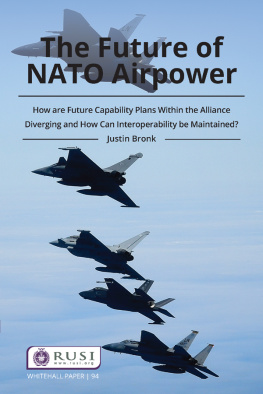
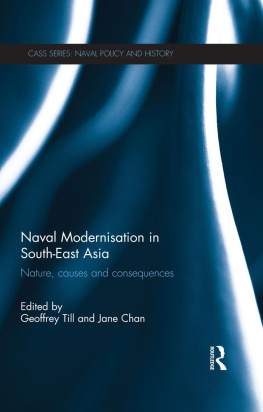


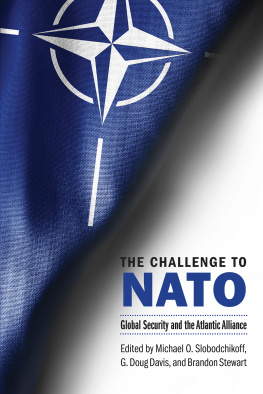
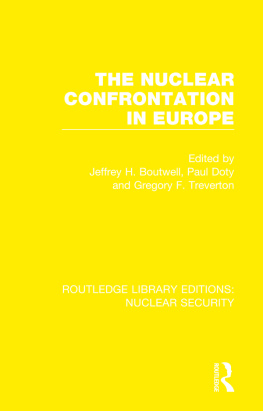
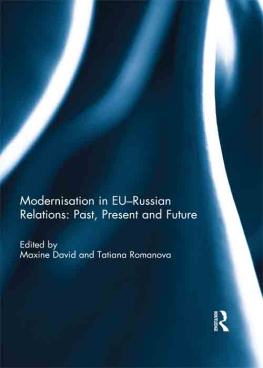
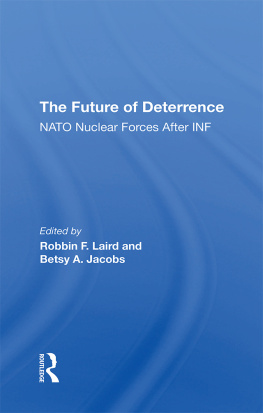
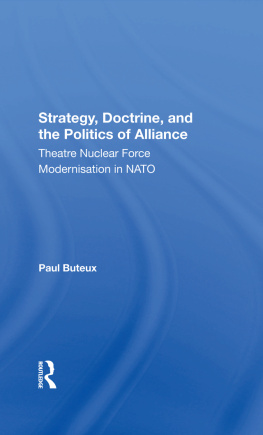
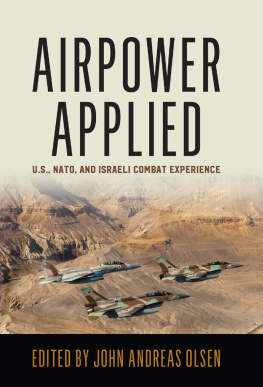
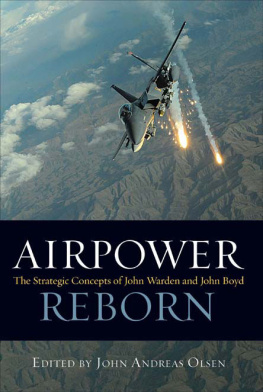
 Whitehall Paper 94
Whitehall Paper 94